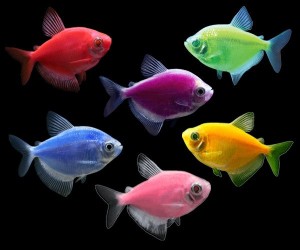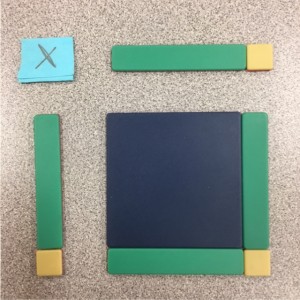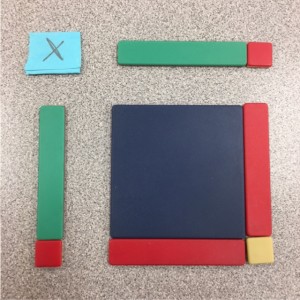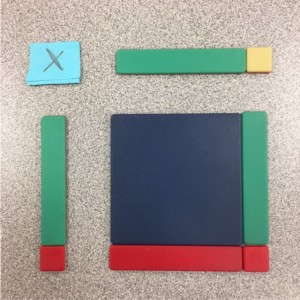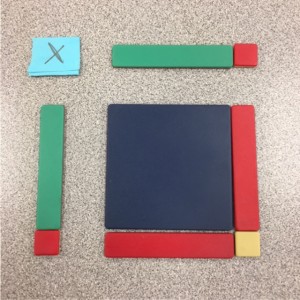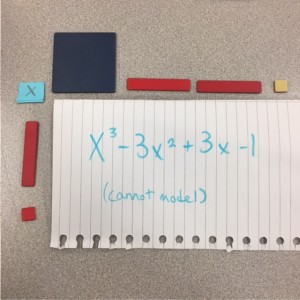- Explain in detail one issue surrounding the use of technology at Riverside. Explain what the issue is in detail. Why do you believe it is a concern for students, parents, and teachers? You level of detail needs to be thorough so someone who is not knowledgeable with technology, should be able to understand what the issue is.
I speak from experience when I say an issue with using my laptop for everything at school is lack of focus. My science teacher will vouch for this – I’ll start thinking about some random bit of information, then start asking questions, then google it. Most of my Wikipedia binges begin in class (and don’t end till days later). And I’m not the only student who struggles to stay attentive in class when something far more interesting is happening online. Students may check social media sites, or aimlessly browse news sites because the presence of a device and strong WiFi calls for endless distraction, which appear more interesting than whatever is being covered in class at the moment. With constantly updating news feeds like Facebook, Instagram, and Twitter, keeping the attention of the student is harder now than ever before. Students don’t listen to everything said in class, teachers must repeat things or they simply fail to make sure everyone knows the content, and parents have no idea why. The world is changing – technology is in nearly every aspect of modern life. Teachers and parents alike find it difficult to understand what exactly is so interesting about our cellular devices, and it’s not any specific thing – it’s the ever-evolving stream of news and jokes.
- Explain what you believe is a possible solution to this issue or problem that you have explained above.
I think, for starters, teachers need to enforce attentiveness in class. Lecture classes are, for lack of a better word, incredibly boring. I’m guilty of checking my social media feeds during these times, and I’m one of the more interested ones. I’m not the most knowledgeable on teaching strategies, but if course content was taught in a more enthusiastic manner, and made to be relevant to teenagers and their passions, more information would be gotten across. Teachers tend to think of high school students as just students, people who go to school and learn, but they forget we’re only teenagers. Our social lives span multiple social media accounts, and teachers and parents should understand that. The average adolescent attention span is a lot shorter than it used to be, and our main source for information tends to be 4 minute videos on YouTube. If we’re interested, we’ll research more, but it’s that instant attention-grabbing that is vital to making sure students understand what’s happening in class.
Parents can help too – educate themselves on social media and what teenagers are really interested in (hint: it’s mostly “memes”). Knowing how to get across to your teenager is super important, and a great way of doing that is being able to relate to them. Most of us are interested in current events – talk to us about them! But don’t spend hours on it. Something more interesting would’ve already happened.




